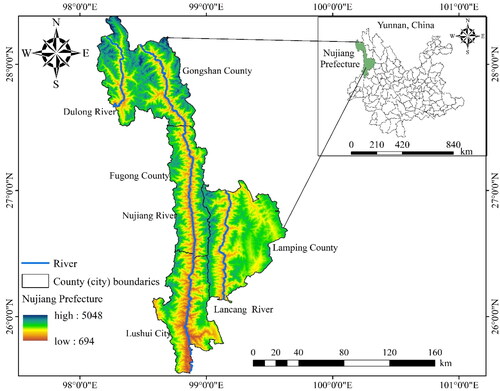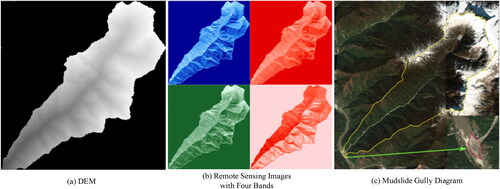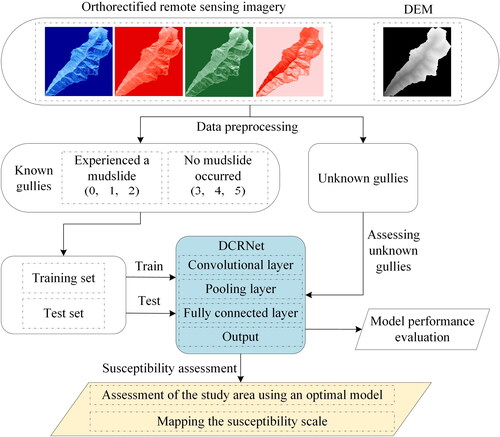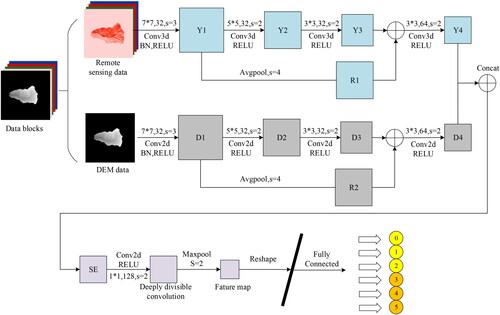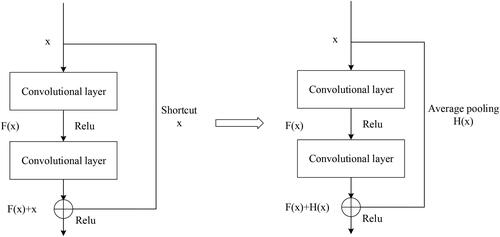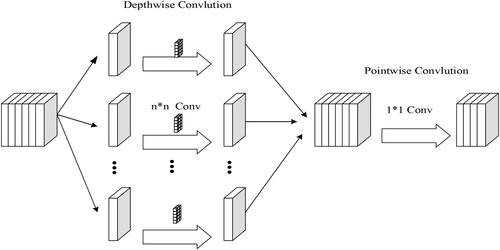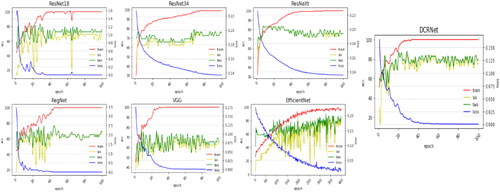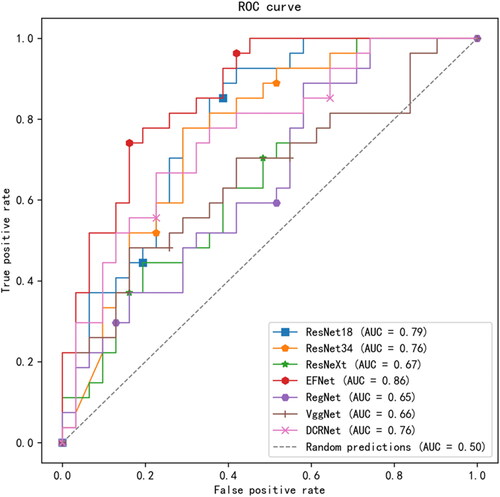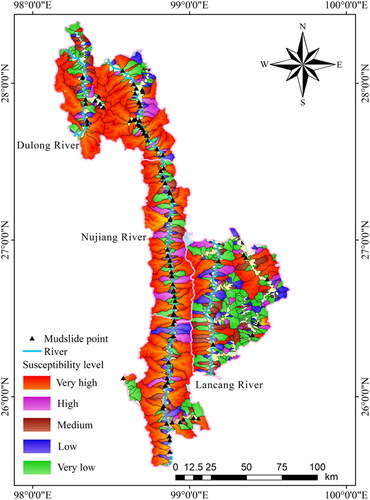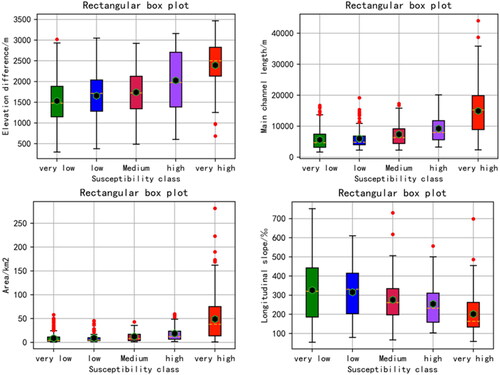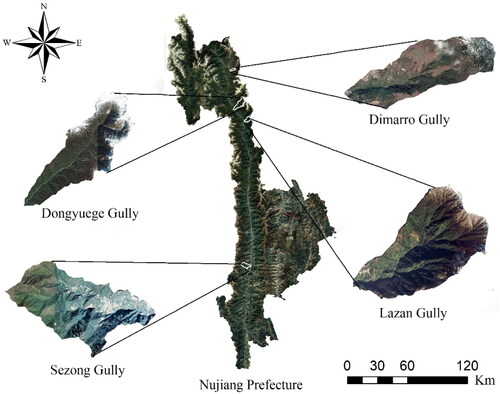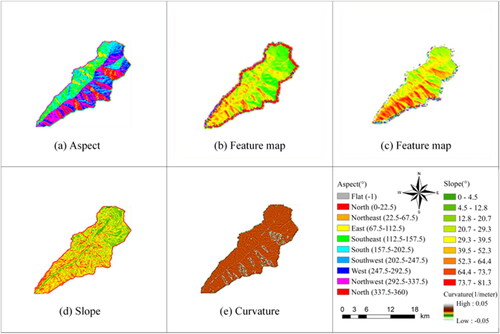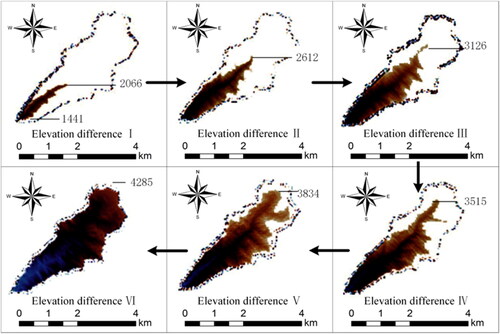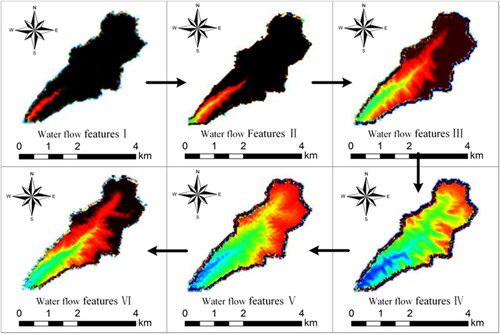Figures & data
Table 1. How the sample was classified.
Table 2. Detailed results of data enhancement.
Table 3. Experimental results for (9:1) training test set division.
Table 4. Experimental results for (8:2) training test set division.
Table 5. Experimental results for (7:3) training test set division.
Table 6. Results of ablation experiments.
Table 7. Experimental results of the loss function.
Table 8. Experimental results for different learning rates.
Table 9. Details of different levels of susceptibility.
Table 10. Potential hazards of gullies.
Data availability statement
The data that support the findings of this study are available from the corresponding author upon reasonable request.
Remote sensing optical images are selected from National Platform for Common Geospatial Information Services and the link is https://www.tianditu.gov.cn/.
DEM data is obtained from Shuttle Radar Topography Mission (SRTM) data and the link is https://lpdaac.usgs.gov/products/srtmgl1v003/.

